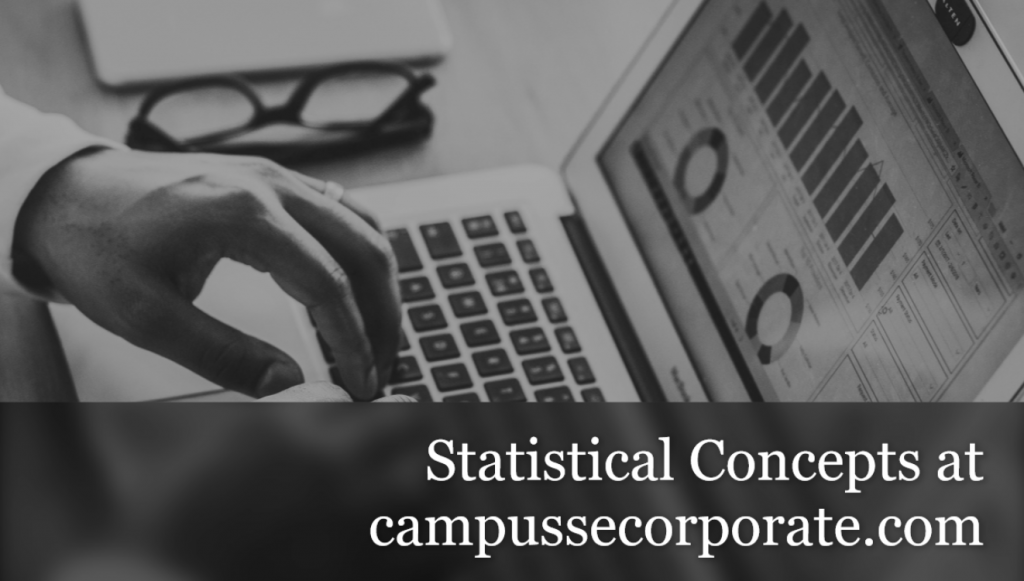Unsupervised and Reinforcement Learningby Monisha Swami

Unsupervised Learning
As the exams are approaching the teacher wants to take up extra classes where he is going to use different teaching techniques for different students to help them better.
As one of the best ways to learn is by doing. The teacher provides Chintu and Chutki with the data of their classmates containing the following features – Average marks, no. of hours of self-study, hours spent in co-curricular activities, Interaction in class. She assigns them the task of identifying groups in the class using these features such that the students in the same group share stronger similarities with their group members than members of other groups.
The above task is analogous to unsupervised modeling. In the unsupervised model, the training data only has features and no target variable i.e. unlabelled data. Since there is no target to predict hence no guidance, one has to look at the whole dataset and try to detect hidden patterns.
The unsupervised Learning Algorithms can be categorized into the following three categories
Clustering – The aim of the model is to find clusters in the dataset such that members within a cluster share stronger similarities with each other than similarities with members of some other cluster. For example – clustering can be used to understand different types of heart patients so as to apply similar treatment for patients who share similarities.
Anomaly detection – It is the identification of rare items, event, or observations which raise suspicion by differing significantly from the majority of the data. Some of the uses of Anomaly detection are to discover devices that fail faster or last longer, discover patients that survived a fatal disease, discover fraudsters that manage to trick the banks.
Association – An association rule is an unsupervised learning method used to discover the interesting relations between variables in large databases. It is used to find events that happen together. For example, people who buy a new home are very likely to buy new furniture. Association rule makes marketing strategy more effective.
Reinforcement Learning
A self-driving car making its way through traffic or a robot player deciding its next move in chess both are examples of Reinforcement learning. It involves deciding on sequential decisions. The software agent interacts with an environment and learns how to optimize its behavior and a given system of reward and punishment helps to improve the performance. It also involves leanings from behavioral psychology. An amalgamation of Complex math and Game theory is required to design these models. Reinforcement learning has applications in Genetics, Robotics, Economics, Inventory management, Games, etc.
For any suggestion, please reach out to us on LinkedIn. You can also schedule a meeting by vising the Contact page.
Find some of the resources that helped us here.
Like these Wells Fargo Interview Questions, you can create an impact by talking about your interview experience. Please fill this form and help students get a perspective about the interview structure and questions.
You can read other articles here.
Cheers and Best!